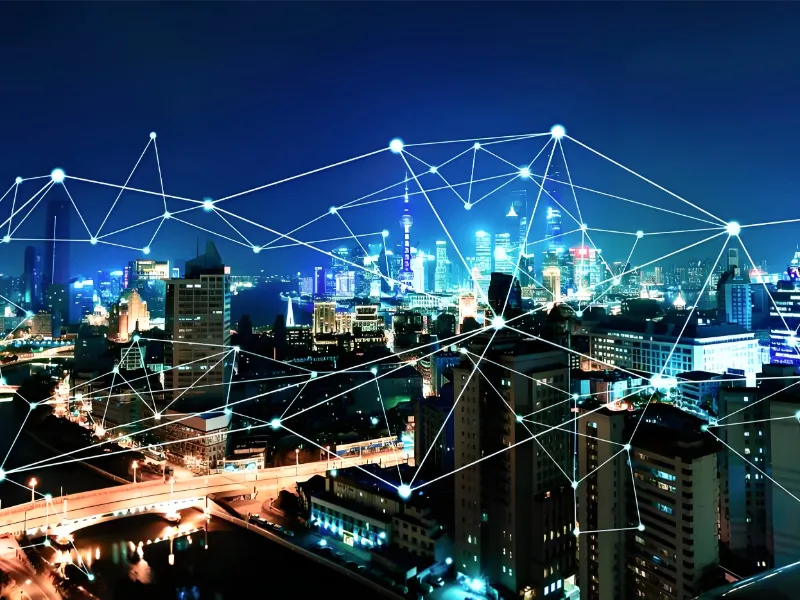- The key components of a smart city includes IoT sensors, data analytics and smart infrastructure.
- To achieve the sustainable development of smart cities, we need to deploy smart technologies that support sustainability initiatives.
In recent years, the concept of smart cities has gained prominence as urban areas strive to leverage technology for more efficient, sustainable, and livable environments. However, the question of whether smart city development itself is sustainable raises important considerations about its impact on resources, the environment, and social equity. This blog introduces the principles of sustainable development in smart cities, reasons why sustainability is crucial, and strategies to achieve sustainable smart cities.
Key components of smart cities
1. Internet of things (IoT) sensors: Deployed throughout the city to collect real-time data on traffic, air quality, energy consumption, and more.
2. Data analytics: Utilising data analytics to derive insights and inform decision-making for city planning and management.
3. Smart infrastructure: Implementing infrastructure solutions such as smart grids, intelligent transportation systems, and connected buildings.
Also read: Smart city solutions: shaping urban life with technology
The principles of city’s sustainable development
1. Environmental sustainability: Reducing energy consumption, promoting renewable energy sources, improving air and water quality, and minimising waste generation.
2. Social equity: Ensuring access to smart city technologies and benefits for all residents, addressing digital divide issues, and promoting inclusive economic growth.
3. Economic prosperity: Enhancing economic productivity through innovation, attracting investments in sustainable technologies, and creating job opportunities in the green economy.
Sustainability is crucial in smart city development for several reasons.
Smart technologies can optimise resource use, reducing energy consumption, water usage, and waste generation. Sustainable practices in smart cities contribute to reducing greenhouse gas emissions and combating climate change. Enhancing livability by improving air quality, reducing traffic congestion, and promoting public health through green spaces and active transportation options.
Also read: Smart cities: Pioneers of urban innovation
How to achieve sustainable development in smart cities
First, governments need to develop integrated urban plans that prioritise sustainable development goals, such as compact and mixed-use developments, to reduce urban sprawl. Deploy smart technologies that support sustainability initiatives, such as IoT sensors for energy-efficient lighting and smart meters for water conservation.
At the same time, it is important to involve residents and local communities in the decision-making process and foster awareness and participation in sustainable practices. Implement policies and regulations that encourage sustainable practices, such as building codes that encourage energy-efficient buildings and green certification.
As we build, we continuously monitor progress toward the SDGs, use data analytics to assess the impact of smart city initiatives, and adjust strategies as needed.
Challenges and considerations
Despite the benefits, implementing sustainable development in smart cities faces challenges.
In cost and investment, initial costs of deploying smart technologies and infrastructure upgrades can be high, requiring long-term financial planning and investment.
In data privacy and security, safeguarding personal data collected by IoT devices and ensuring cybersecurity are critical concerns in smart city development.
In equity and inclusiveness, addressing digital divide issues to ensure that all residents benefit from smart city technologies and services.

